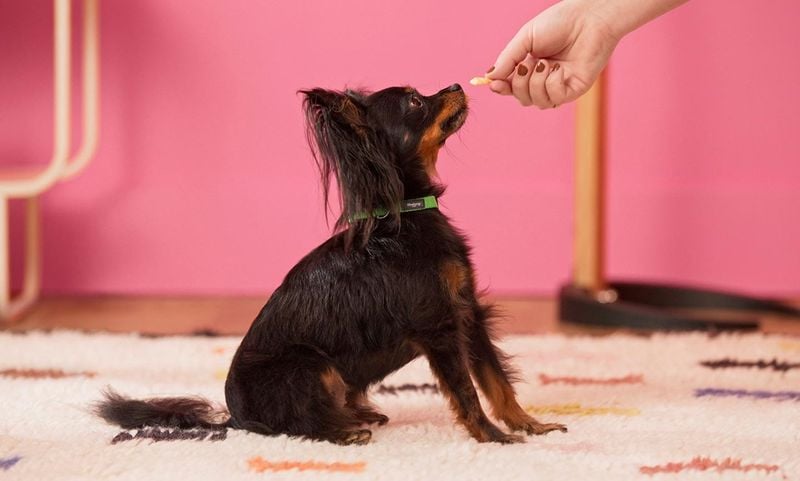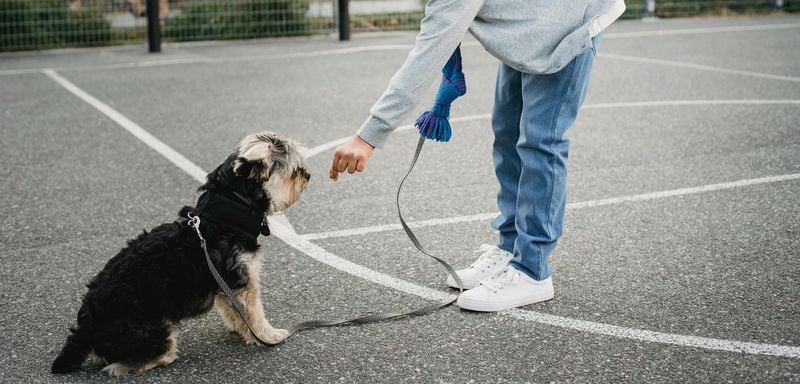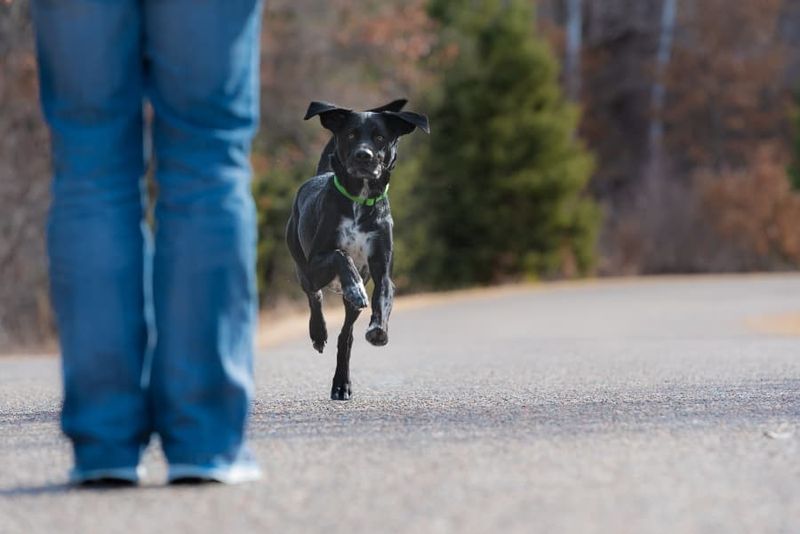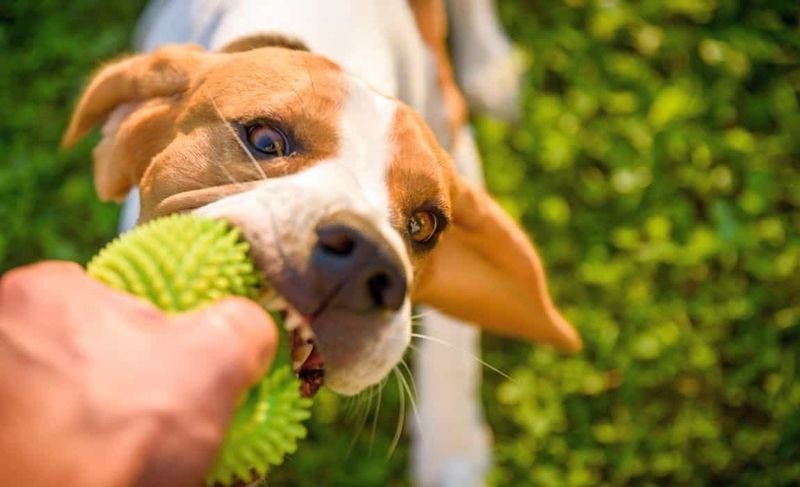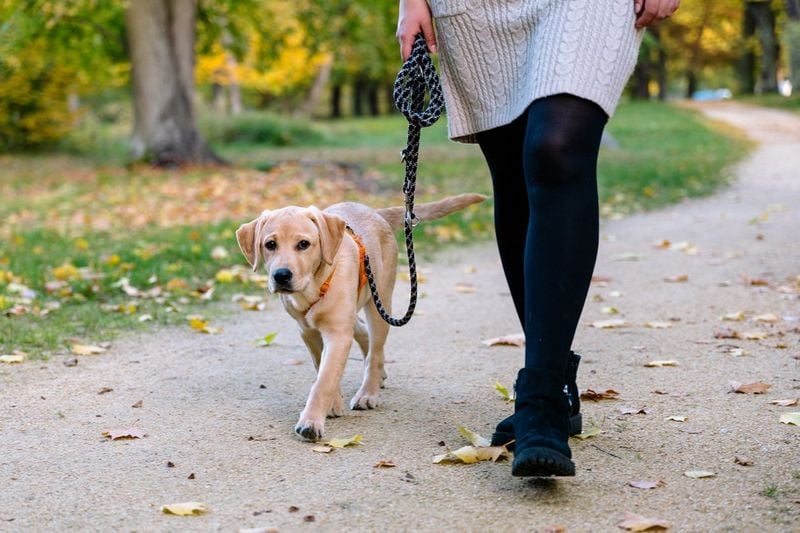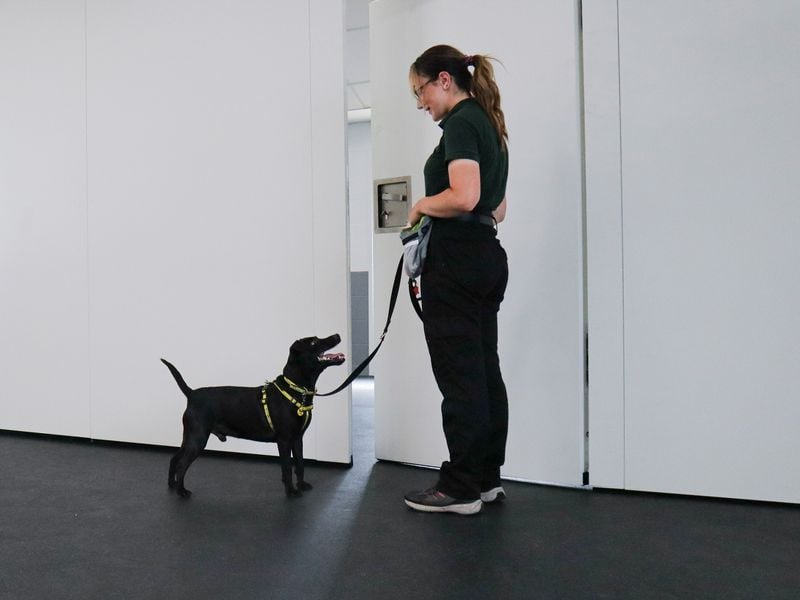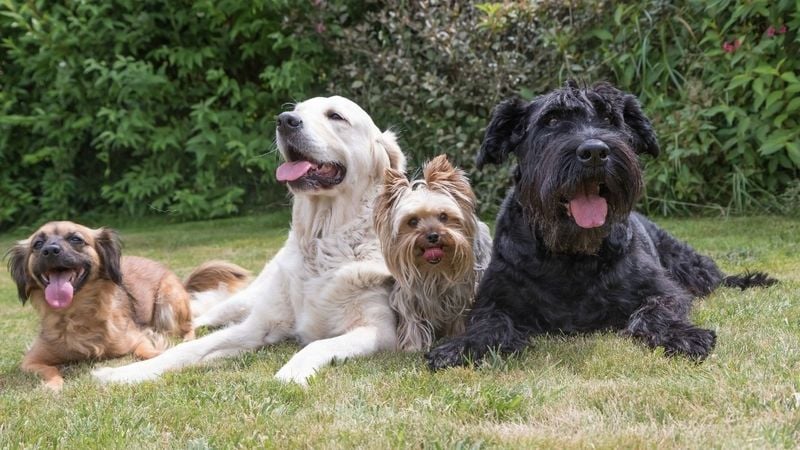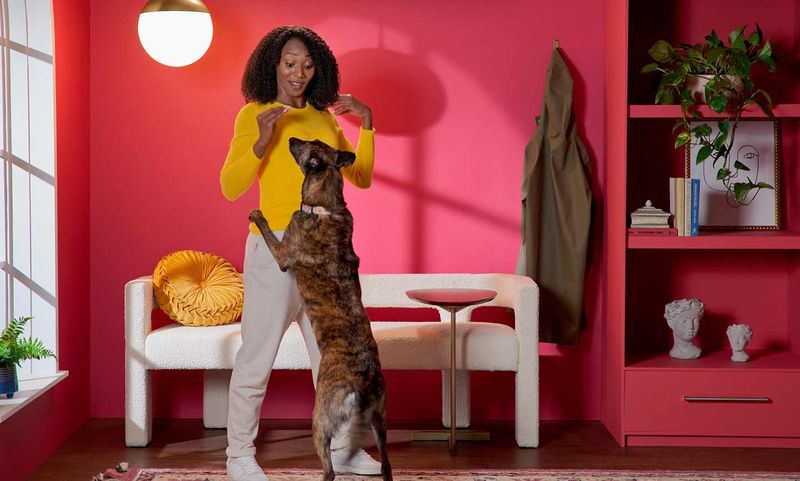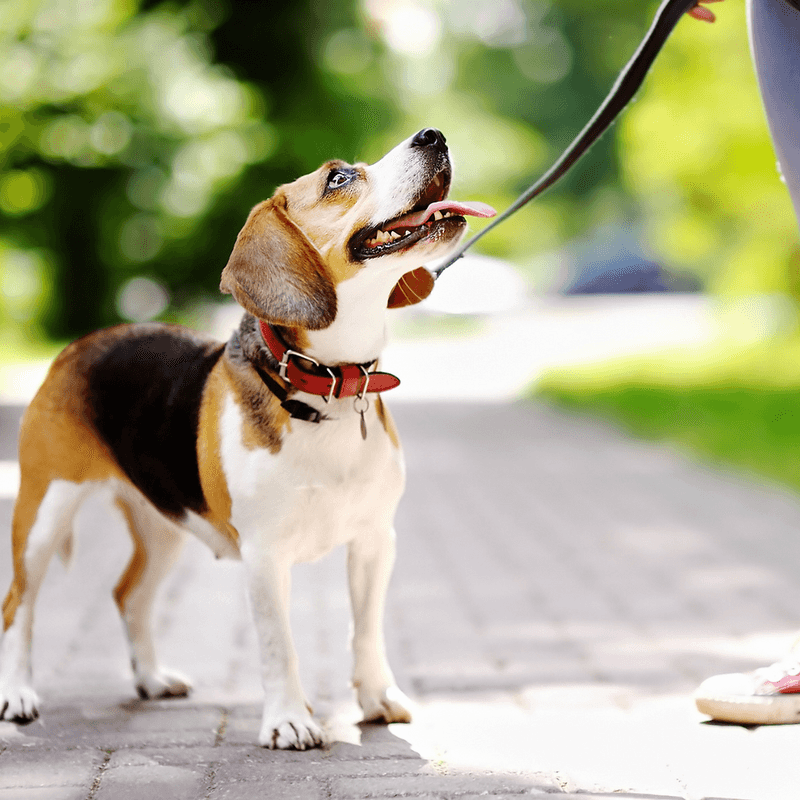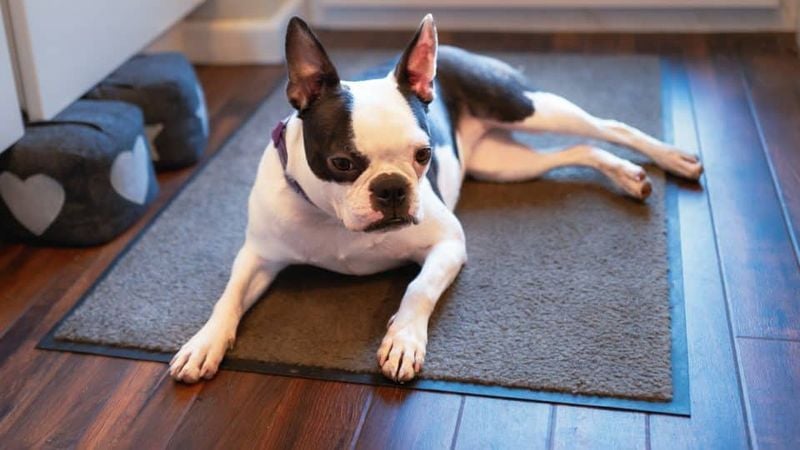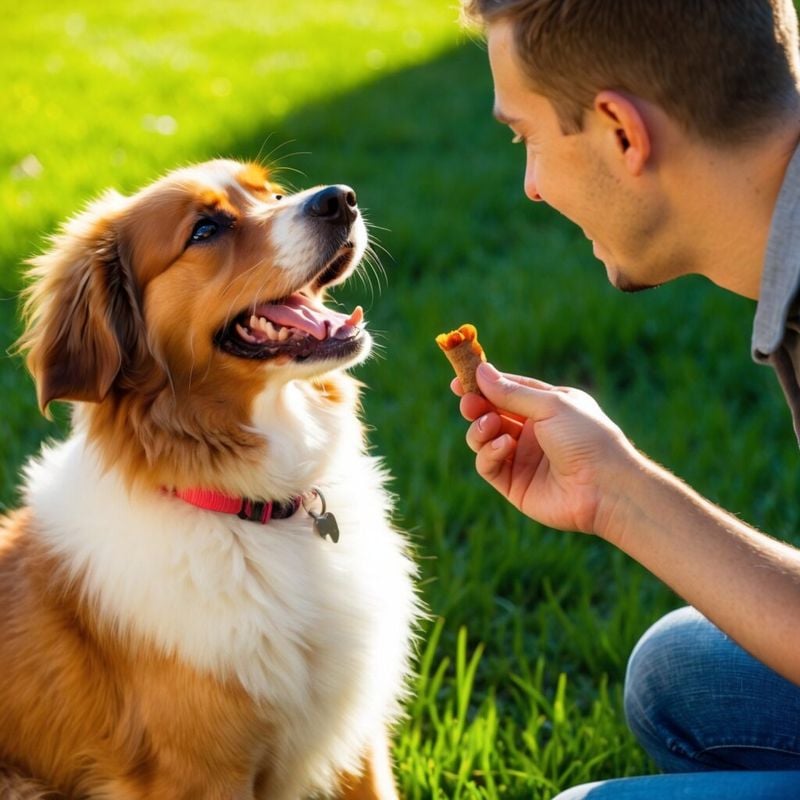13 Life-Changing Dog Commands Every New Pet Parent Needs to Know
Bringing a new furry friend home is exciting, but it can also be overwhelming. Teaching your dog basic commands isn’t just about good behavior—it’s about building communication and trust between you and your pet.
These essential commands will help keep your dog safe, make your life easier, and strengthen your bond. Master these skills together, and you’ll set the foundation for a happy, well-adjusted canine companion.
1. Sit: The Gateway Command
Teaching your dog to sit is like learning to say “hello” in a new language—it’s where everything begins. This fundamental command helps calm excited pups and prevents jumping on guests or dashing through open doors.
Most dogs pick up “sit” quickly with consistent practice and positive reinforcement. Use small, tasty treats held slightly above your dog’s nose, then move your hand back over their head. As their nose follows the treat, their bottom naturally lowers.
Once mastered, sitting becomes your go-to command before meals, crossing streets, or whenever you need your dog to pause and focus on you instead of distractions.
2. Stay: Teaching Patience and Control
“Stay” transforms an energetic pup into a patient partner. Begin with your dog in a sitting position, then hold your palm toward them like a stop sign while saying “stay” in a clear, firm voice.
Start by stepping back just one foot, waiting two seconds, then returning to release them with lots of praise. Gradually increase the distance and duration as your dog succeeds. Many new pet parents give up too quickly—consistency is key!
This command proves invaluable when you’re carrying groceries, greeting visitors, or keeping your dog safe from street traffic. The self-control they develop through stay training extends to many other situations.
3. Come: The Lifesaving Recall
“Come” might save your dog’s life one day. When your pup bolts toward a busy street or dangerous situation, a reliable recall command brings them back to safety. Never punish your dog when they come to you—even if they took their sweet time!
Practice in low-distraction environments first. Kneel down, open your arms wide, and call your dog’s name followed by “come” in an excited, happy voice. Reward generously when they reach you with treats and affection.
Make this command fun by playing recall games in the yard. Have family members take turns calling the dog back and forth with treats and praise.
4. Down: The Ultimate Calm Position
“Down” asks your dog to lie flat on their belly with paws extended forward. This position naturally induces calmness and is perfect for settling an overexcited dog during visitors, mealtime, or when you need some peace.
Start with your dog sitting, then hold a treat near their nose and slowly lower it to the floor. As they follow the treat, guide it forward along the ground so they stretch out. The moment their belly touches down, reward them!
Many dogs resist this position initially because it’s vulnerable in dog language. Be patient and never force them down physically. A reliable “down” command creates a portable dog bed anywhere you go!
5. Leave It: The Safety Command
Dogs explore the world mouth-first, which can lead to trouble when they find something dangerous or disgusting. “Leave it” teaches your pup to ignore tempting but potentially harmful items.
Practice by placing a treat in your closed fist. When your dog stops pawing and nosing at your hand, say “yes” and reward them with a DIFFERENT treat from your other hand. Never give them the actual item you asked them to leave!
Gradually progress to placing treats on the floor under your hand, then fully exposed. A solid “leave it” prevents your dog from grabbing dropped medications, eating toxic foods, or picking up nasty surprises during walks.
6. Drop It: The Surrender Command
Unlike “leave it” which prevents grabbing something, “drop it” convinces your dog to surrender what’s already in their mouth. This command saves countless shoes, socks, and sometimes even dangerous items your curious pup has already snagged.
Make this a positive exchange, not a chase game or tug-of-war. Offer a high-value treat while saying “drop it” in a cheerful tone. The moment they release the item, immediately reward them.
Practice regularly with toys before you need it for something important. Avoid grabbing items from your dog’s mouth—this teaches them to run away or guard possessions instead of willingly surrendering them.
7. Heel: The Walking Partnership
Peaceful walks become reality when your dog masters “heel.” This command teaches your pup to walk politely beside you without pulling, lunging, or zigzagging. The goal is for your dog’s shoulder to stay aligned with your leg.
Begin in a distraction-free zone with tasty treats at your left side. Take a step and reward your dog for moving with you. Add the word “heel” as they get the idea. Short, successful practice sessions beat long, frustrating ones.
Many dogs find heeling challenging because it limits their natural exploration instinct. Balance structured heel walking with occasional sniff breaks where they can be a dog. This compromise creates walks you’ll both enjoy.
8. Wait: The Pause Button
“Wait” gives your dog a temporary pause button—different from “stay” which means “don’t move until I return.” Wait simply means “pause briefly before proceeding.” This versatile command prevents door-dashing, car-jumping, and food-grabbing behaviors.
Practice at doorways first. Ask your dog to wait, open the door a crack, then close it if they move forward. Repeat until they hesitate naturally, then reward and release them through with an “okay.”
The wait command creates polite behavior at mealtimes too. Have your dog wait while you place their food bowl down, making eye contact with you instead of lunging for their dinner. Release them with your chosen release word.
9. Okay: The Freedom Signal
Every good pause needs a clear release signal. “Okay” (or whatever release word you choose) tells your dog when they’re free to move after a stay, wait, or other stationary command. Without this crucial signal, dogs get confused about when commands end.
Your release word should sound nothing like your other commands. Say it in an upbeat, enthusiastic tone that clearly communicates freedom. Some trainers prefer “free” or “release” instead of “okay” since we say “okay” in regular conversation.
Consistency matters tremendously with release words. Everyone in the household must use the same word and only when intentionally releasing the dog from a command. This clarity prevents your pup from making their own decisions about when commands end.
10. Off: The Boundary Setter
“Off” clearly communicates boundaries about furniture, counters, people, and other dogs. Many pet parents confuse “down” (lie down) with “off” (get off that thing), which creates muddy communication.
Teach this command by luring your dog off furniture with a treat, using the word as their paws hit the floor. For jumping on people, turn away while saying “off” and only give attention when all four paws touch ground.
Consistency from all family members makes this command effective. Decide together which furniture is allowed or forbidden for your dog. Mixed messages lead to confused pups who can’t understand why sometimes they’re welcomed on the couch and other times they’re banished.
11. No: The Universal Boundary
“No” serves as your all-purpose intervention for unwanted behaviors. Unlike specific commands that tell your dog what TO do, “no” simply interrupts what they SHOULDN’T do.
Effective “no” training uses a firm, low tone rather than angry shouting. The moment your dog stops the unwanted behavior, redirect them to an appropriate alternative and praise generously. This teaches what they SHOULD do instead.
Avoid overusing “no” or it becomes background noise your dog tunes out. Reserve it for truly important moments. Many trainers prefer teaching specific alternative behaviors rather than relying heavily on “no,” but having this universal stop signal in your toolkit remains valuable for unexpected situations.
12. Place: The Designated Spot
“Place” directs your dog to a specific spot—usually a bed, mat, or crate—where they should remain until released. This command creates boundaries during dinner, visitors, or when you need your dog settled in one area.
Begin training by leading your dog to their place with a treat, using the command word as they step onto it. Reward them for staying there briefly, gradually extending the duration. Many dogs learn to love their place as a safe, rewarding spot.
A portable mat turns this command into a mobile solution for restaurants, friends’ homes, or vacation spots. Bringing a familiar “place” helps anxious dogs feel secure in new environments while giving you control over where they settle.
13. Watch Me: The Focus Builder
“Watch me” or “look” captures your dog’s attention amid distractions. This seemingly simple command builds the foundation for all other training by teaching your dog to focus on you instead of environmental temptations.
Hold a treat near your eyes and say “watch me” in an upbeat voice. The moment your dog makes eye contact, mark with “yes” and reward. Eventually, they’ll look at you without the treat lure.
Regular practice strengthens this attention reflex. Use it before crossing streets, when another dog approaches, or whenever you need your pup tuned into you instead of surroundings. A dog who watches you reliably can be safely guided through challenging situations.

